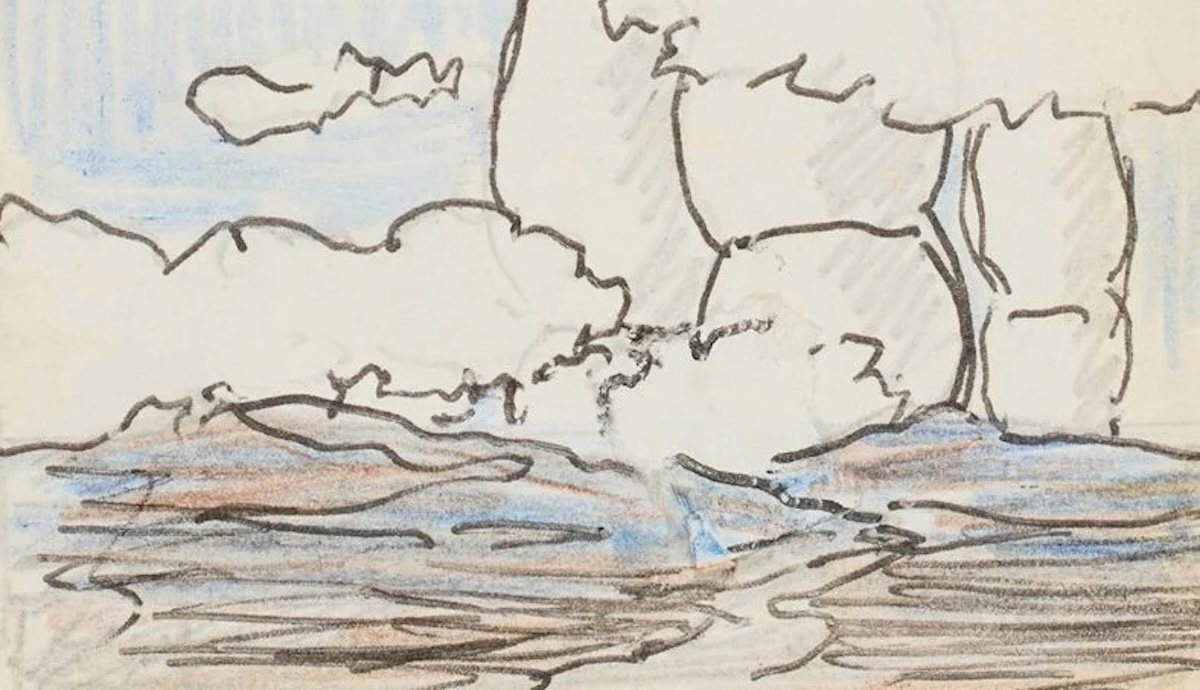
A prehistoric burial monument was uncovered during the construction and expansion of the Czech Republic’s D35 highway. Archaeologists from the University of Hradec Králové (UHK) discovered the structure near the villages of Dlouhé Dvory and Lípa in the eastern part of the country’s Bohemia region.
Barrow Among Europe’s Longest and Oldest

The Czech Republic highway dig revealed a prehistoric burial mound about 620 feet long and 50 feet wide. Archaeologists believe it dates back to the 4th millennium B.C.E., making it one of the earliest known burial mounds in Europe. “Mounds of this type are found mainly in northwestern Bohemia. They have not yet been reliably documented in Eastern Bohemia,” said Petr Krištuf, an archaeology professor at UHK. “In addition, the examined specimen represents the longest prehistoric mound not only in our region, but probably in the whole of Europe.”
So far, the UHK archaeological team has excavated the posthole and gutter of the long barrow’s entrance. (The term barrow refers to an ancient burial site covered by a large mound of earth.) Inside the barrow, the team found two central burials “built as monumental funerary objects, and as such they contain graves,” said the UHK Department of Archaeology in a statement. These central burials were likely constructed for individuals with high status.
Central Burials Contain Human Remains

The UHK archaeological team has excavated the two central burials found during the Czech Republic highway dig. The first grave contains a human skeleton and a ceramic vessel offering. The second also contains human remains, as well as five chipped flint artifacts. Both bodies were laid to rest on their left sides facing north. The addition of a later burial pit disturbed the prehistoric graves. As no human remains were found in the pit, laboratory analysis is required to ascertain whether it was ever actually used as a burial site.
Nearby, archaeologists also found thirty additional graves that likely date back to the Eneolithic period (about 5000 to 3300 B.C.E.). Laboratory analysis will help archaeologists determine a more exact timeline for these burials. The team’s working theory is that the burial ground was expanded over time around the long barrow. Krištuf said, “It will be interesting to see how the discovered graves are related to each other and whether they represent the burials of relatives.”
What’s Next for the Czech Republic Highway Dig

The UHK archaeological team is currently analyzing grave samples to better understand the scope and historical significance of the barrow. “Similar burial mounds in Central Europe usually consist of only one, maximum two, burials, said Krištuf. “The significance of the discovery of the long mound…is not only in its size. The first results show that the monumental burial mound stood here for many centuries, and funeral and ritual activities of the local people took place in its vicinity. It was thus an important ritual place and landmark in the landscape at that time.”








